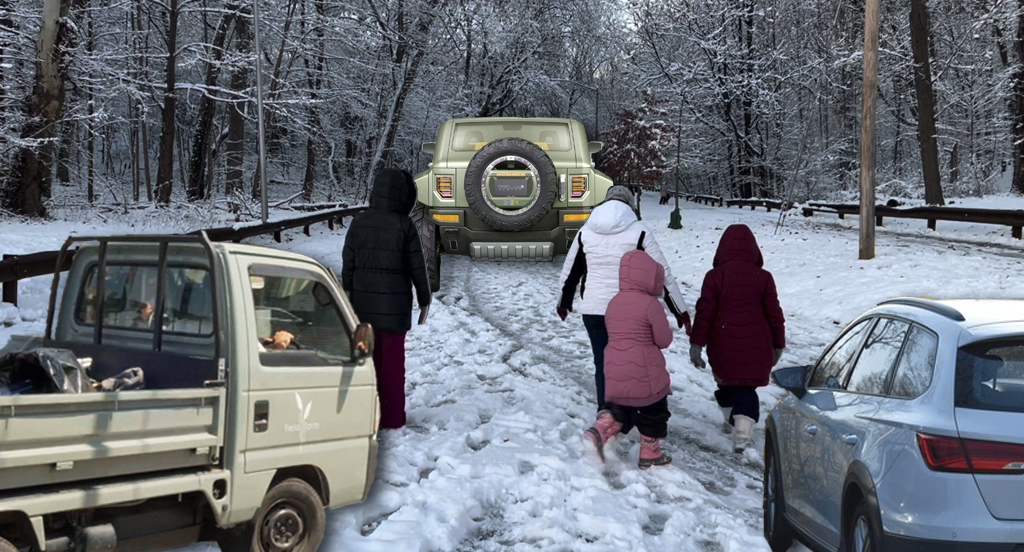 Image: U.S. PIRG
Image: U.S. PIRGNow that the Obama administration has awarded $8 billion in high-speed rail grants to more than two dozen states, with $2.5 billion more coming soon, why not keep thinking big when it comes to bullet-train expansion?
That's the ethos of a new report released today by the U.S. Public Interest Research Group (PIRG) calling for a New Deal-like public works juggernaut that would eventually connect all major cities located within 100 and 500 miles of each other. For a look at how such a system would remake the American rail map, check out the image above.
"The first step in building the network is to set a national goal
with an ambitious time frame, just like we did for the Interstate
Highway System or getting to the moon," U.S. PIRG senior analyst Phineas Baxandall wrote in a blog post unveiling the report. "We can link all our major cities
by 2050, if we set our minds to it."
Given the political wrangling over the deficit that continues to paralyze Washington, however, it's worth asking how an ambitious rail program would be funded. The U.S. PIRG answers that question in several ways: First, the group calls for a dedicated revenue stream for inter-city passenger rail in the next long-term transportation bill, with local investments matched by the federal government in the same 80:20 ratio that highway plans receive.
"By financing transportation projects equitably," the report's authors write, "states will be able to make rational transportation decisions based on the needs of their residents, rather than on the chances of securing a lucrative federal match."
Secondly, the U.S. PIRG aims to put government support for Amtrak -- often derided by conservatives for its reliance on federal subsidies that also benefit road projects -- in perspective. When evaluated as a share of U.S. GDP, government investment of passenger rail looks stunningly low compared with other industrialized nations. The imbalance is visible in the chart below:
 (Chart: U.S. PIRG)
(Chart: U.S. PIRG)From the U.S. PIRG report:
To begin to dig out of that hole, the federal government should invest steadily increasing levels of funding in passenger rail. We probably cannot hope to match the $300 billion China will be investing in its high-speed rail system between now and 2020, but we should endeavor to match the level of investment provided by other industrialized nations, as a share of GDP, in their rail networks.
The group does not address the lingering debate over whether all planned U.S. inter-city rail projects can truly be called "high-speed" given that many would achieve maximum speeds little better than 110 miles per hour. Still, its vision of finishing the job begun by the White House this year is likely to fire up rail advocates and give helpful new tools to local planners.





